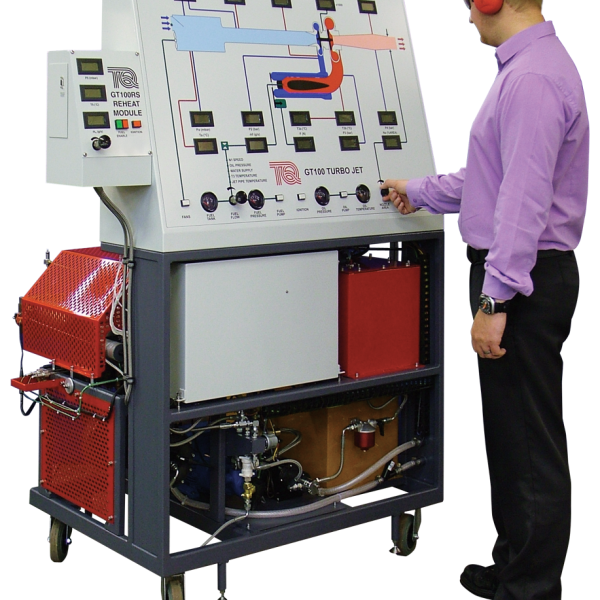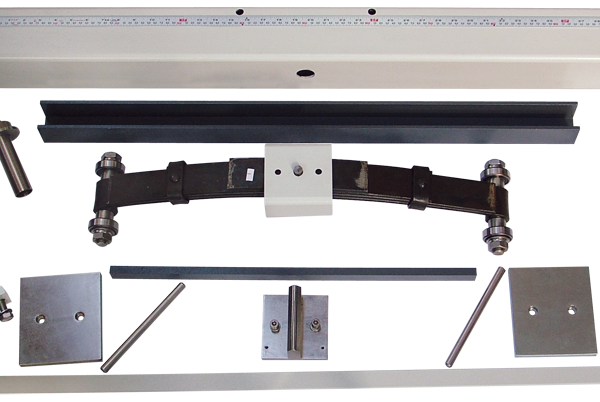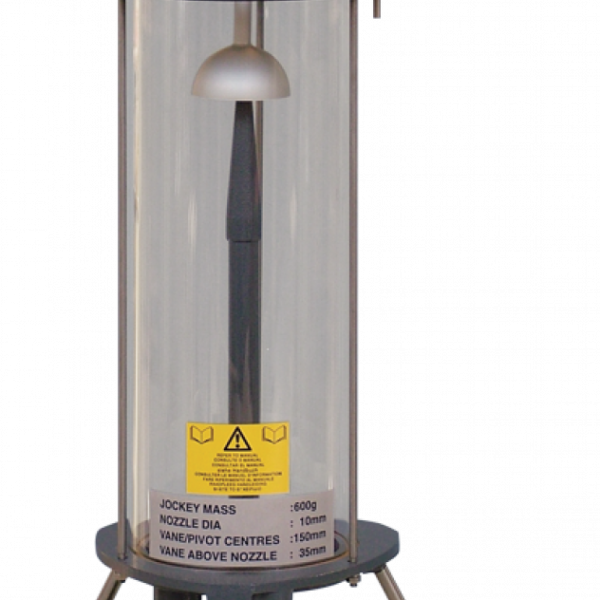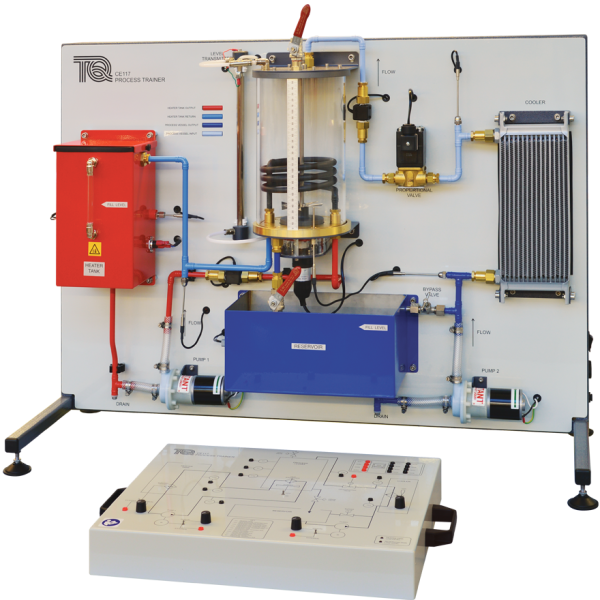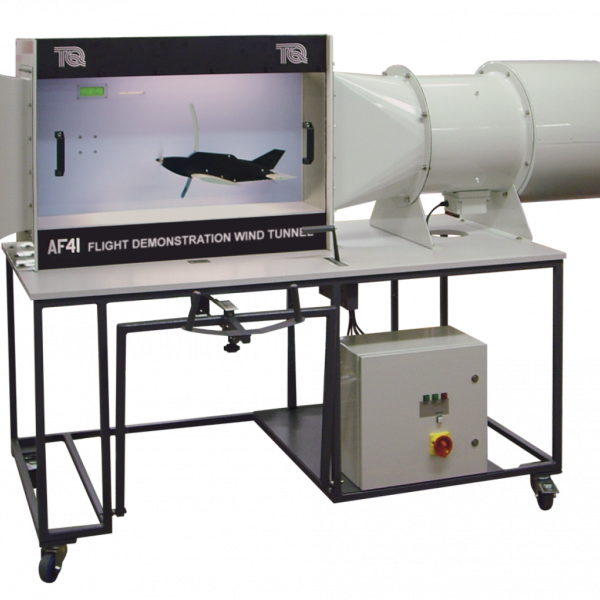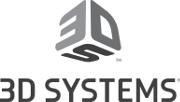TecQuipment?s Venturi Meter is typical of meters used
throughout industry. However, it has many more pressure
tappings, connecting to water manometers, which allow
full study of the pressure distribution along the
convergent-divergent passage.
The Venturi Meter works with TecQuipment?s Digital
Hydraulic Bench (H1F, available separately)* and stands on
the hydraulic bench worktop. The benches measure flow
rate, so students can find the Venturi meter coefficients
over a range of flow conditions.
The apparatus includes a horizontal Venturi tube, a
downstream flow-control valve and manometer tubes. A
manometer panel holds the manometer tubes vertically. A
common manifold above the tubes has an air pressurecontrol
valve. The base has adjustable feet. The
manometer panel has a scale behind the manometer tubes
for direct reading of the water levels in the tubes. Plastic
materials and corrosion-resistant finishes throughout the
equipment protect against corrosion.
Water enters the Venturi meter and its flow-control valve
sets the flow rate. This valve is downstream, so it does not
cause any upstream turbulence.
To adjust the datum water level in the manometer tubes,
students connect a hand-pump (included) to the air valve
above the manometer tubes.
To perform experiments, students set and measure the flow
rate through the Venturi. They measure the head at the
cross-sectional area at the upstream section, and the head
at the throat section. They also note the pressure
distribution along the rest of the meter. They then repeat
the procedure, reducing the flow rate in increments and
taking similar readings each time. Students can compare
ideal pressure distribution to measured pressure distribution
and calculate the coefficients of discharge for the meter.
VENTURI METER
An educational Venturi tube that allows students to study the Venturi meter and Bernoulli’s Theorem and to make direct comparisons between the results obtained by experimentation and those predicted by theory.
| Brand |
TecQuipment |
|---|---|
| Product type |
Experiment |
Description



